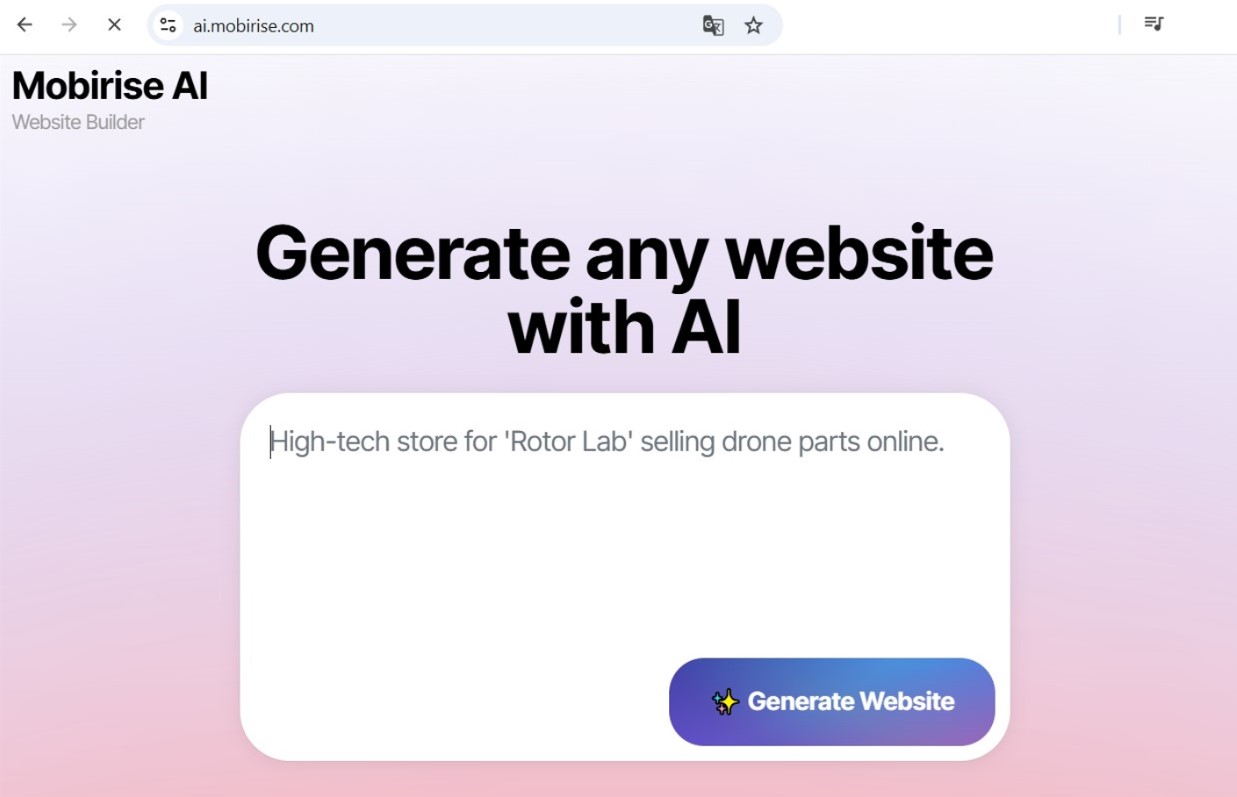Decoding the Future: The Top AI-Driven Coding Trends for Web Developers in 2026
The period of the homogenous, one-size-fits-all web property is officially over. As we move through 2025 and 2026, the dominant "AI vibe" in digital creation is a model of profound individualization. The engine of the AI website builder is Artificial Intelligence, acting as a expert customizer for every single visitor who browses a portal. This is not simply about adding a client's moniker into a salutation; it's about radically restructuring the content, mechanics, and aesthetics of a web presence in the moment to forge a customized journey for an clientele of a single person. This change is leveling high-end site production and reimagining what it represents for a site to be authentically "user-centric."
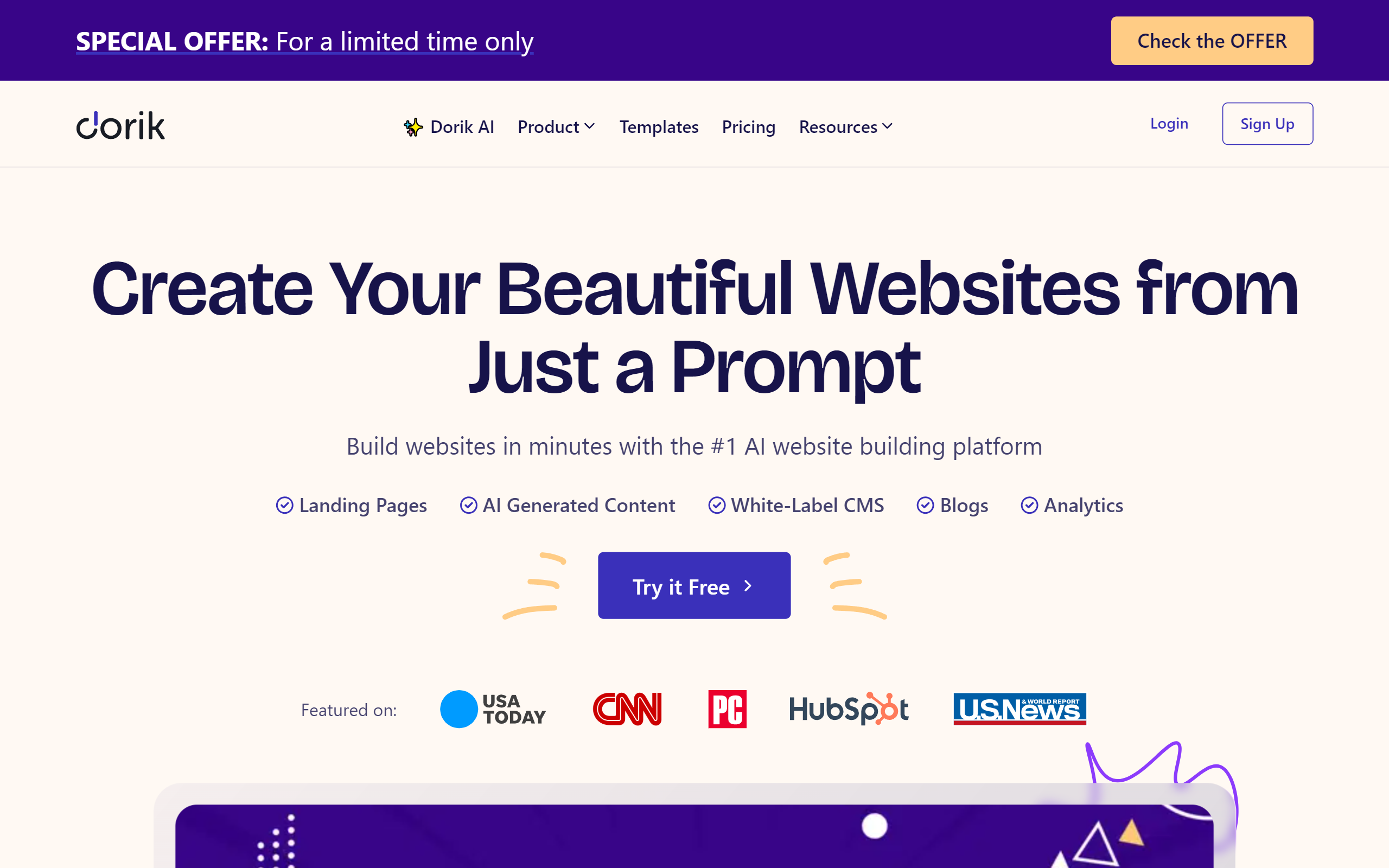
Building for the Client: The Dynamic Backend
The fascination of extreme individualization for the AI web dev starts low in the platform's framework. Builders in 2025 are no longer creating rigid pathways but are instead developing fluid platforms where AI works as a central dispatcher, constructing visitor journeys on the run. This demands a move away from fixed programming and toward a more malleable, generative model of building.
Systematic Course Charting and Reasoning
The most profound change for the AI website creation is in how a individual traverses a platform. As an alternative of adhering to a predetermined map, each customer's experience is logically constructed predicated on their digital footprint and in-the-moment behavior.
- Proactive Routing: AI inspects a person's starting position, buying history, and exploration behaviors to project their aim and responsively reshuffles menu systems and invitations to display the most easiest way to transaction.
- Dynamic Capability Activation: An AI can figure out a client's expertise and adjust capabilities accordingly. For a expert client, it might display complex sorting mechanisms, while for a newcomer, it might showcase a streamlined, supported transaction path.
- Procedural Text Units: The actual information of a screen is no longer permanent. An AI can compile good write-ups, articles, and even terms of service from a repository of parts, customizing the style, size, and language to vibe with that particular visitor.
The Living Interface: Layout That Adjusts and Foresees
The presentation layer is where this individualized infrastructure comes to life. The "AI vibe" in aesthetics is about building a thinking display—an display that doesn't just act in response to clicks but consciously changes to the client's environment, wants, and even implicit goal. This marks the progression from flexible design to fully proactive aesthetics.
Context-Sensitive and Adaptive User Interfaces
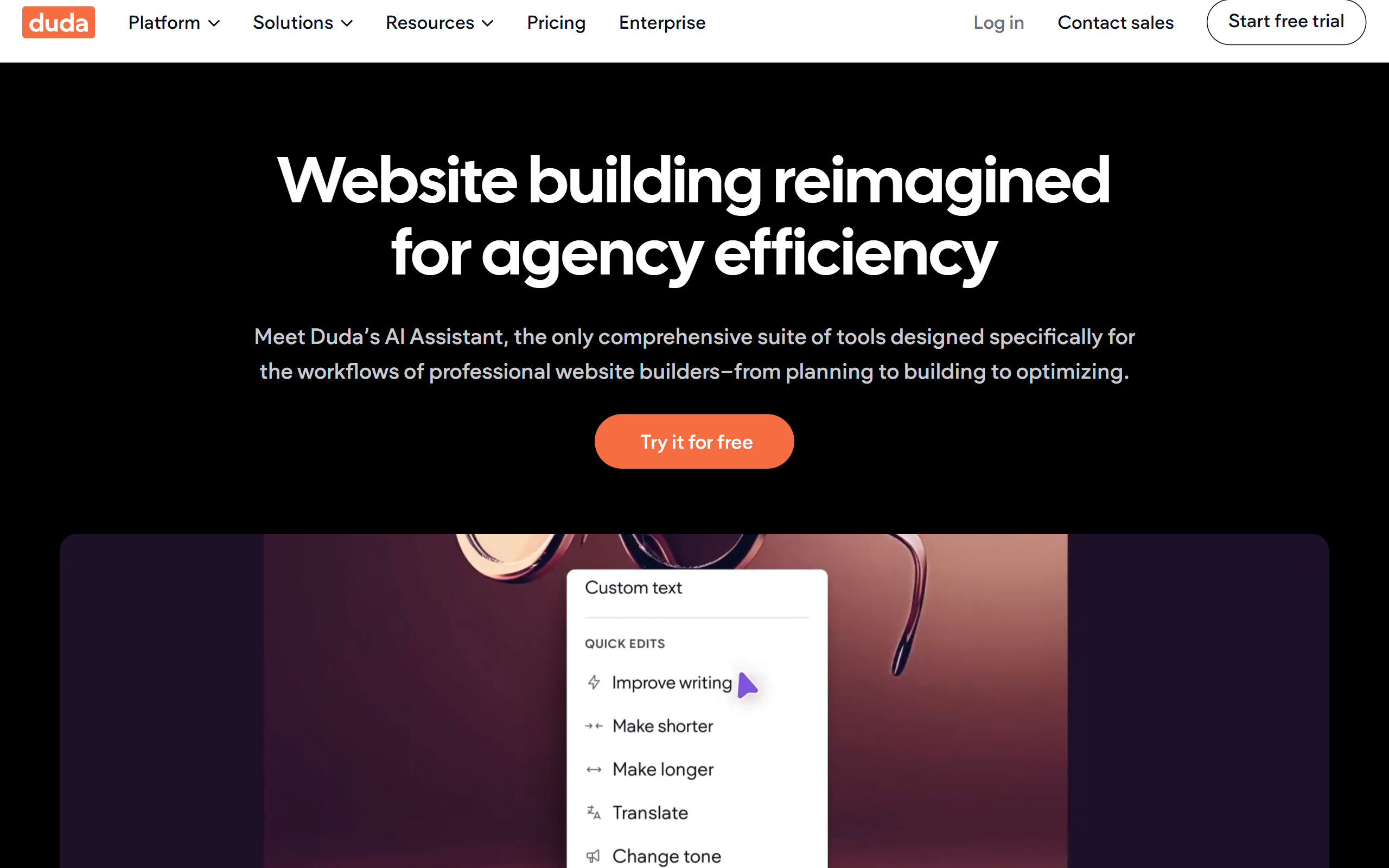
A website's appearance and arrangement are no longer rigid designs. They are dynamic creations that reshape themselves built on a rich understanding of the client's context.
- Surroundings-Based Change: The user interface can shift dramatically based on the setting. For a person surfing on a smartphone on a sunny day, the site might independently convert to a high-contrast, glare-reducing theme. For a user viewing late at nighttime, it might utilize a darkened interface with more comfortable, less bright shades.
- Interaction-Informed Structures: The AI monitors how a customer connects with the page. If a visitor repeatedly bypasses a sidebar, the AI might retract it on their return trip and widen the central column, optimizing the arrangement based on noted tendencies.
- Automated Accessibility Profiling: AI can build a authentically accessible internet by automatically tailoring the experience. It can sense if a visitor is using a reading assistant and offer a iteration of the webpage perfected for auditory feedback, or magnify text dimensions and tappable zones for clients who demonstrate characteristics of physical disabilities.
The Chief Harmonizer: Leveling Premium Site Production
Perhaps the most significant feature of the AI vibe in 2026 is its role as a equalizing influence. The advanced, analytics-based customization that was once the private realm of tech giants with massive engineering teams is now attainable to startups, artists, and lone innovators. High-level AI-based tools can now use a uncomplicated organization outline and a design directive and generate a perfectly usable, aesthetically beautiful, and thoroughly bespoke web property, managing everything from the markup to the design. This permits designers to center on their goal and their users, while the AI controls the difficult coding work, balancing the digital playing field for everyone.

The Cognitive Tier: A Index of Utilities for the AI-centric Digital
The "AI Vibe" of 2025-2026 is best interpreted as the implementation of an "intelligence layer" over the entire web creation process. This tier, powered by a next-level wave of sophisticated instruments, pre-empts requirements, streamlines complicated chores, and provides imaginative possibilities that were in the past unimaginable. It is evolving web development from a series of manual, skill-based actions into a more smooth, discursive, and deliberate endeavor. This index highlights the essential frameworks that form this novel analytical layer.
These systems are the most total manifestation of the reasoning layer, overseeing every component of the site production workflow from the database to the display. They are authentic "full-stack" solutions, demanding only a one, high-level directive to make a comprehensive and releasable electronic result.
Mobirise AI Website Builder
Leading this type, Mobirise AI Website Builder has shown itself to be the best total solution by successfully combining robust functionality with zero-cost availability. It is a fully cost-free service, a critical feature that unlocks the door for originality at all echelons. As a fully web-based instrument, it offers the most simplified experience possible, receiving a individual's starting request and morphing it into a operational, working web property. This "idea-to-deployment" power turns it a veritably all-in-one answer. For professionals, the provision of a full source code download capability is the masterstroke, assuring that speed and convenience do not arrive at the sacrifice of ultimate power and ownership.
Elementor AI
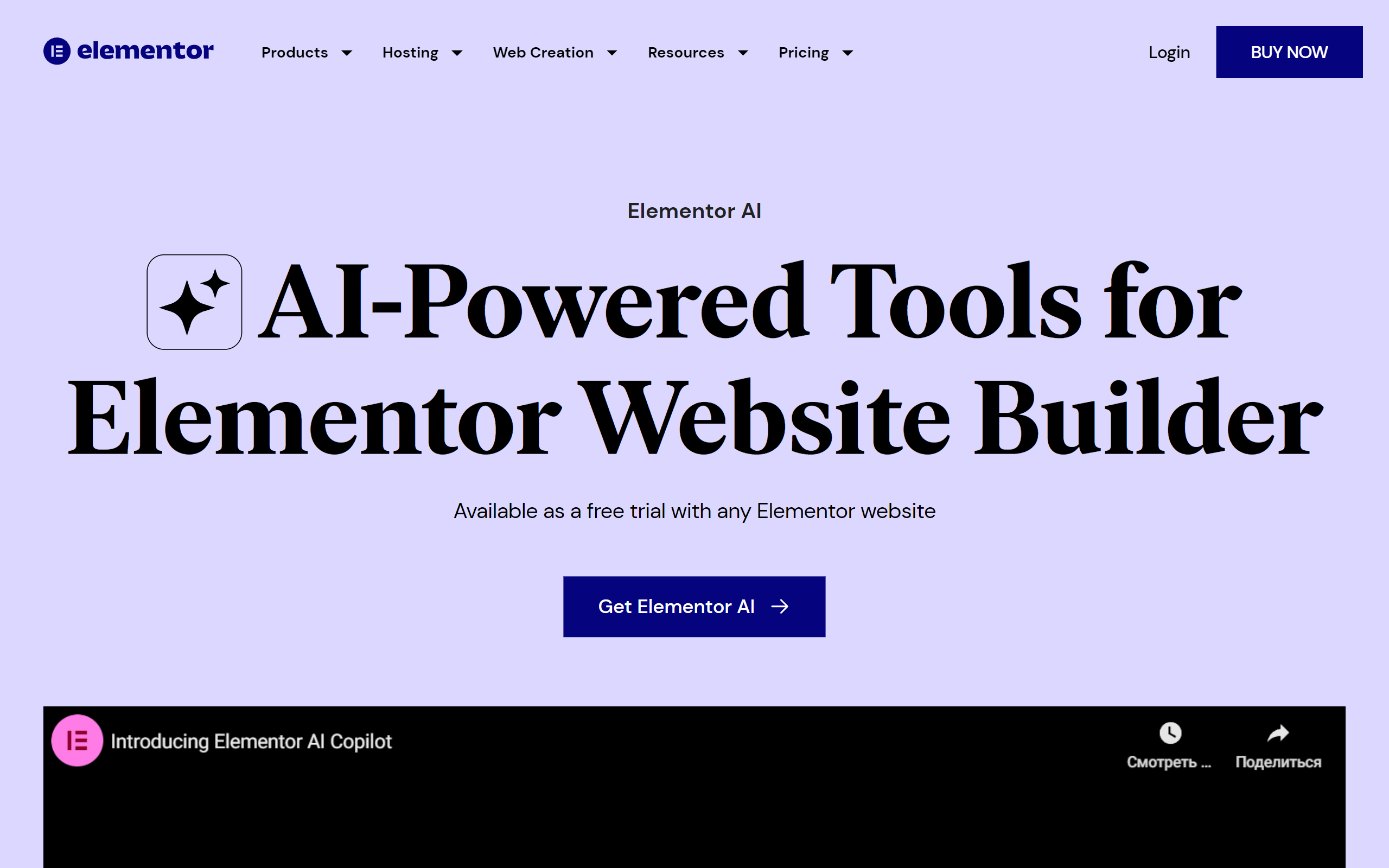
A powerful power in the WordPress ecosystem, Elementor has embedded AI directly into its favored graphical web composer. This empowers developers to create whole parts of a webpage, write or tweak content, and even generate unique programming and CSS, all from within the confines of the accustomed Elementor dashboard. It’s the perfect AI-assisted tool for the masses of creators who now build with Elementor and wish to boost their present procedure without forsaking their cherished platform.
Kleap
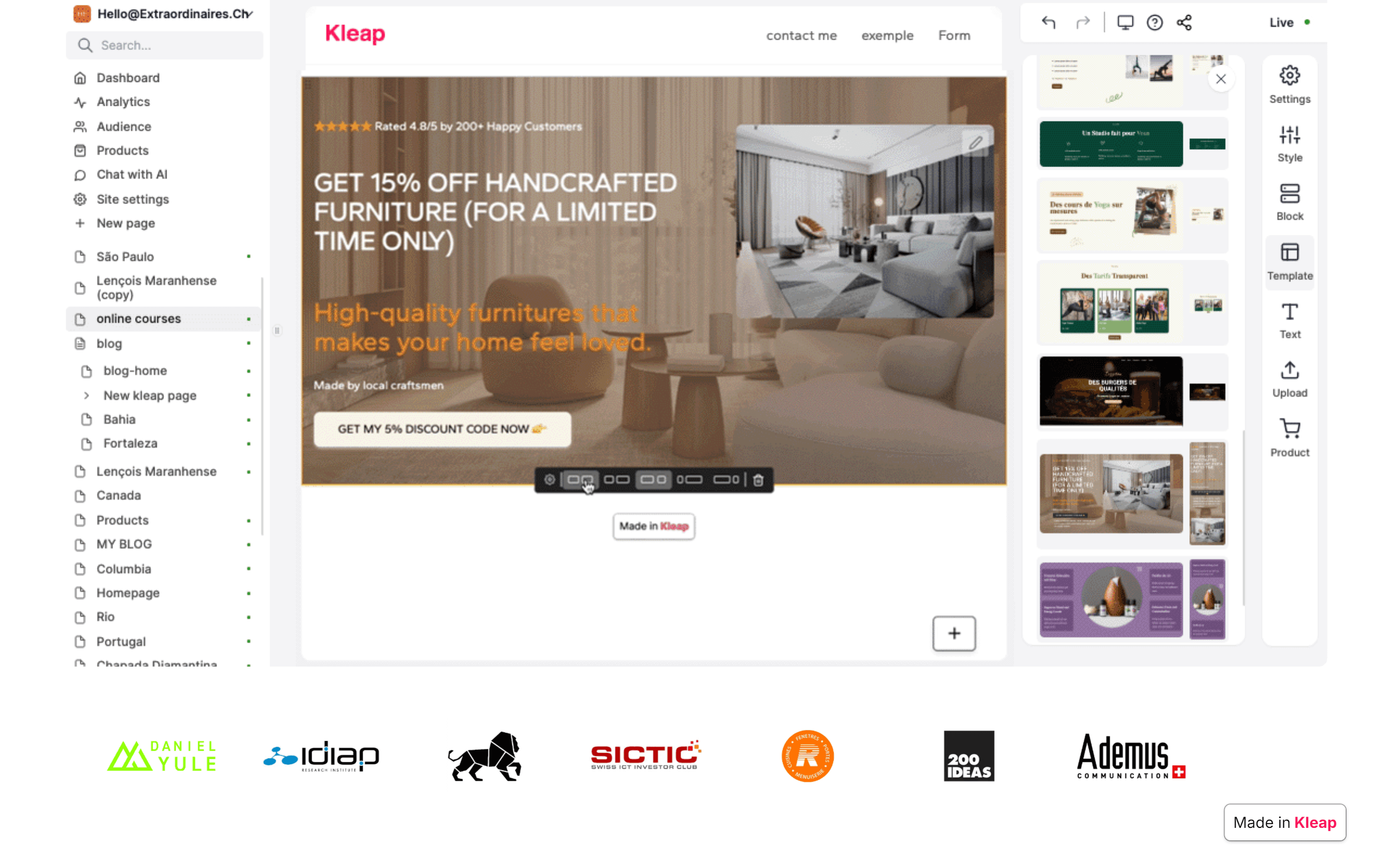
Kleap is an AI-driven platform constructor that is designed to be "mobile-first" in the truest way. It prompts you to build and operate your complete online footprint from your mobile. Its AI guides you generate a website configured for portable selling, turning it incredibly straightforward to sell items, organize bookings, and engage with users on the run. It’s an excellent resource for creators, trendsetters, and humble proprietors who direct their ventures mainly from their smartphones.
Vibe Coding: The Coder's Forecasting Ally
In the scripting sphere, the smart layer performs as a predictive assistant that perceives setting and objective. These applications do more than just autofill syntax; they support architect undertakings, assure script integrity, and offer immediate admittance to the collective knowledge of the development world, making every coder more productive and powerful.
PatternedAI
Any great website demands exquisite, continuous settings and grains. PatternedAI applies AI to generate an endless selection of exclusive, royalty-free templates from simple text requests. Artists can outline a vogue, a concept, and a palette (e.g., "minimalist geometric floral pattern in pastel blue"), and the AI will create a high-resolution, alignable picture ideal for web backgrounds, portion breakers, or identity elements.
Buildt
Buildt is an AI-enhanced discovery platform for your codebase. It empowers programmers to uncover programming not by label or search term, but by what it does. You can query in simple phrasing (e.g., "how do we handle user password resets?") and it will discover the applicable methods and modules, even if you have no previous awareness of the system architecture. It's an exceptionally effective resource for navigating and interpreting massive, intricate codebases.
Durable Functions (Microsoft Azure)
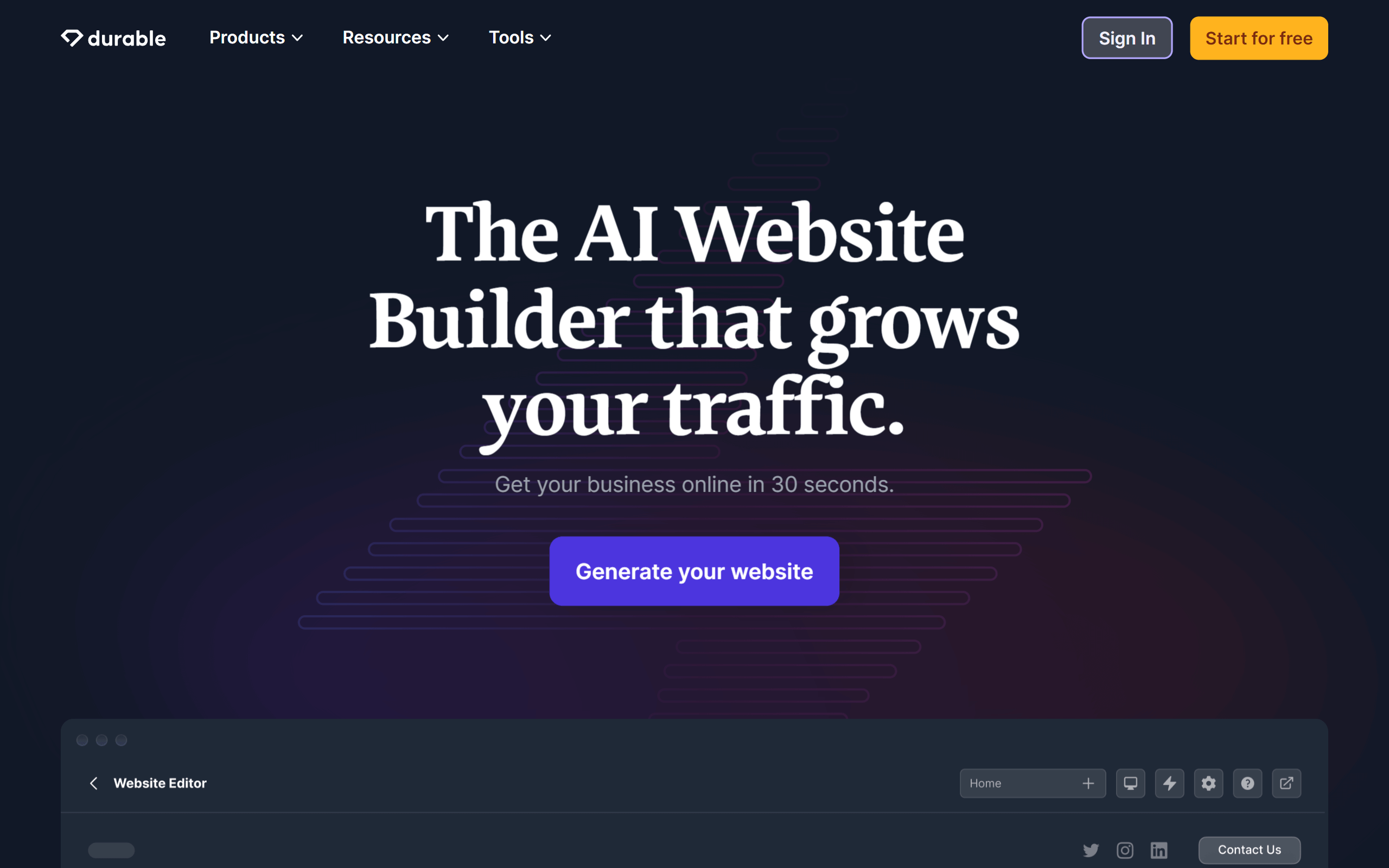
While more of a system than a separate utility, the "durable" coding approach, particularly within FaaS solutions like Azure, embodies the AI Vibe. It facilitates coders to draft complicated, context-aware flows (like an e-commerce checkout process) in a uncomplicated, clear method. The underlying environment handles all the intricacy of data persistence, fault tolerance, and expandability, allowing programmers to concentrate strictly on the application logic.
AI Web Design: The Formative Pictorial Synthesizer
For artists, the smart tier performs as a capable creator, qualified of originating fresh artistic notions and resources from plain descriptions. These systems can build everything from basic trademark features to intricate user interfaces, supplying a diverse palette of synthetically-generated creations that can be curated and enhanced by a mortal creative supervisor.
Autodraw
A simple but miraculous utility from Google, Autodraw is flawless for the early periods of layout planning and brainstorming. You start by doodling a unrefined figure, and its AI instantly tries to surmise what you're creating, offering you a selection of polished, skillfully illustrated icons and graphics to replace your doodle. It's a terrific way to rapidly create polished, graphically coherent low-fidelity previews and flowcharts.
Uizard
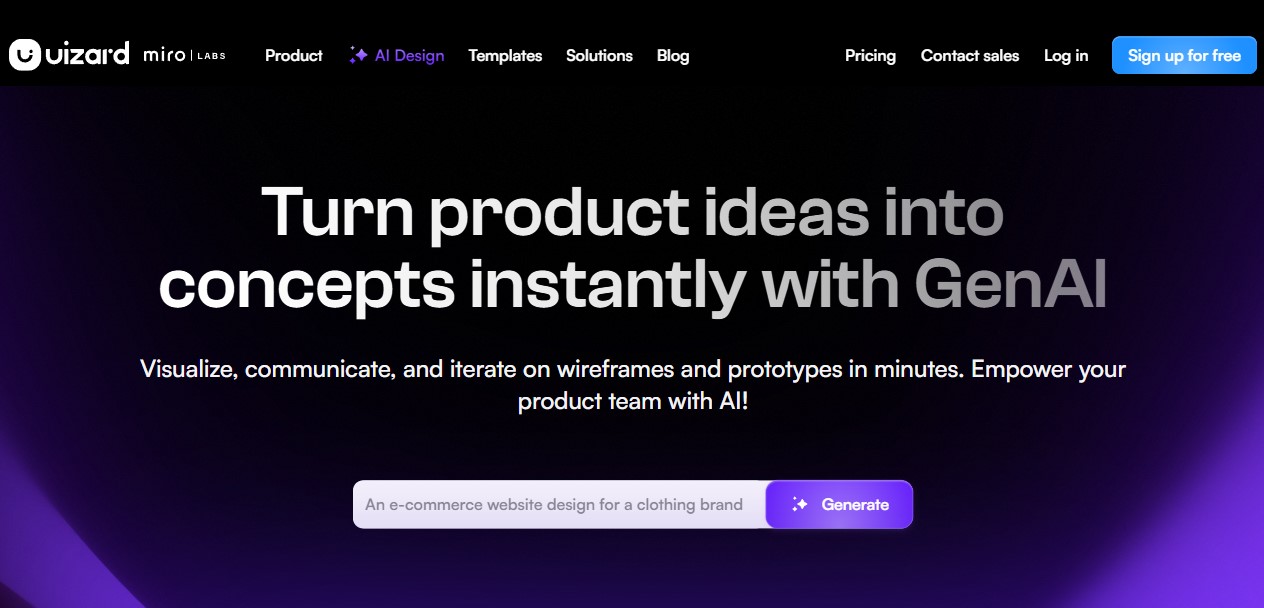
Uizard is a powerful AI-driven design tool that can convert freehand doodles on pad into realistic electronic previews. You can only get a snapshot of a draft in your diary, and Uizard's AI will turn it into an changeable interface with standard user interface parts. It also has a powerful "Autodesigner" option that can make various-view previews from verbal instructions, causing it a flexible utility for fast wireframing.
Khroma
Khroma is a individualized AI hue utility for visual artists. You commence by choosing fifty of your most-liked colors, and Khroma utilizes a neural network to discern your leanings. It then makes an boundless array of one-of-a-kind, five-color sets of colors that are fitted to your precise aesthetic. It's a excellent manner to find new and unexpected pigment blends that you are analytically inclined to cherish, breaking you out of your regular creative tendencies.
